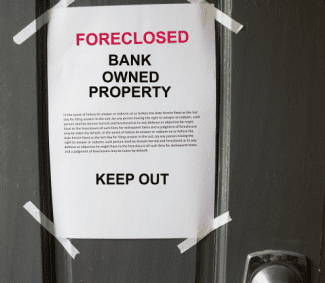Patching Up After Doorknob vs. Drywall
There was a minor mishap in Kevin’s house last week. His wife, Heidi, and daughter, Katie, were moving some furniture in the master bedroom when Katie stumbled and fell against the door.
No big deal, right? Katie’s a strapping 16-year-old; a little stumble is nothing for her. The same can’t be said for the wall that she pushed the doorknob through.
Kevin decided to look at this as a teachable moment: You break it, you fix it.
Can’t you just hear the “Aw, Dad” now?
Fixing a hole in drywall is simple, and there are a couple of tricks to make the job go smoothly.
First, prepare the work area. Protect the floor beneath the damaged wall. An old bath towel or sheet works well as a drop cloth. Tape a piece of newspaper on the wall below the repair location to catch any dust produced from sawing or sanding. Catch the dust as it falls in the newspaper, and direct the debris down the paper into a wastebasket.
With the work area prepared, cut out the damaged piece of drywall. Draw a rectangle about an inch outside the dimensions of the hole, and cut out the damaged center with a keyhole saw. Measure the hole and cut a replacement piece of drywall 2 to 3 inches larger than the hole.
Cut it by scoring the finish side of the paper with a utility knife, breaking the cut along the score line and cutting through the paper on the back to remove the piece.
Now, here’s the trick. On the back of the replacement piece, draw a rectangle about three-eighths of an inch smaller than the dimensions of the hole. Score one line and crack it.
But instead of removing the entire piece by cutting the paper on the face, peel the gypsum “filling” from the face paper. Repeat this process on the other three sides, leaving a rectangle of drywall with paper on the edges. These flaps will act as drywall tape.
Apply joint compound to the sides of the opening, and embed the paper flaps into the joint compound. Apply a light coat of joint compound over the entire patch, smooth the edges out with a drywall knife, and let it dry.
Finishing the job is the same as finishing any other drywall job, big or small. Apply a second coat of mud, let it dry, and sand it smooth. If the wall is textured, apply a third coat of mud, let it dry, lightly sand and texture to match.
Kevin’s walls are smooth, so he’ll apply a final coat of mud, expanding the edges out to feather the finish into the existing wall.
After that, all that’s left to do is paint. Because Heidi was complicit in the furniture moving, that’s her job.
To subscribe to our blog, click here.















 Accessibility
Accessibility